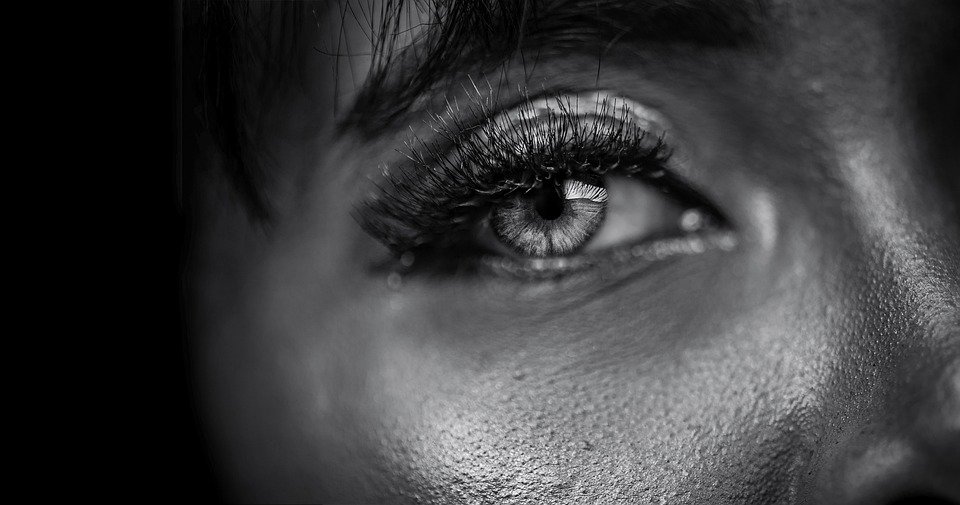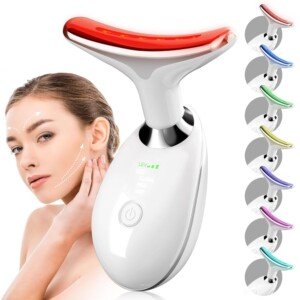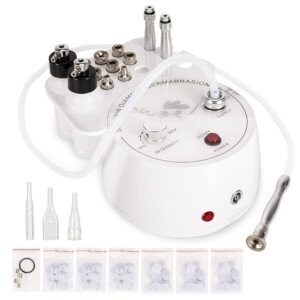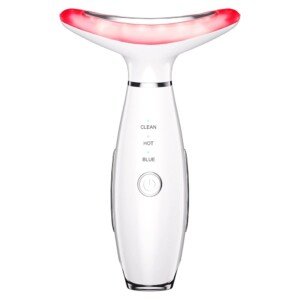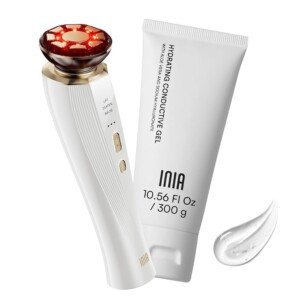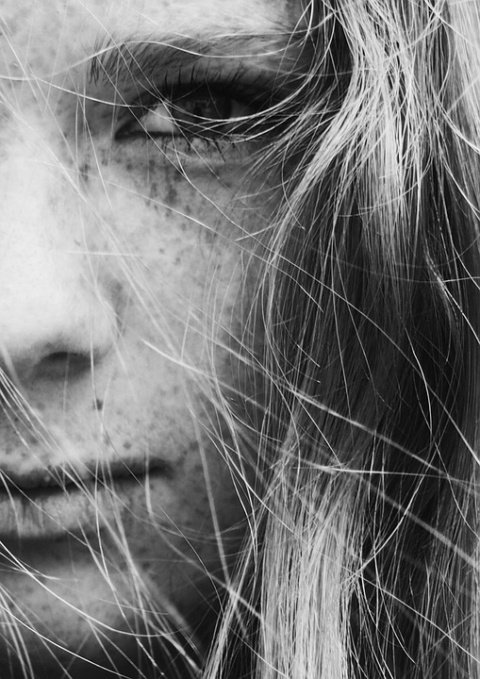Light therapy has become increasingly popular in skincare for its ability to address various skin concerns without invasive treatments. Two of the most commonly used types are red light therapy (RLT) and blue light therapy (BLT), each with distinct benefits. Let’s explore how they work, their key differences, and which one may be best for your skin.
How Light Therapy Works
Light therapy, also known as photobiomodulation (PBM), uses specific wavelengths of light to penetrate the skin at different depths, stimulating cellular processes. Both red and blue light therapies are non-invasive and pain-free, but they serve different purposes.
Red Light Therapy (RLT)
Wavelength: 630–700 nm (penetrates deeply into the skin)
Primary Benefits:
✔ Boosts collagen production – Reduces fine lines and wrinkles by stimulating fibroblasts (collagen-producing cells).
✔ Reduces inflammation – Helps with rosacea, acne redness, and general skin irritation.
✔ Improves skin texture & tone – Promotes circulation for a brighter, more even complexion.
✔ Speeds up wound healing – Assists in repairing damaged skin and reducing scars.
Best for: Anti-aging, scar healing, and overall skin rejuvenation.
Blue Light Therapy (BLT)
Wavelength: 405–470 nm (targets surface-layer bacteria)
Primary Benefits:
✔ Kills acne-causing bacteria – Blue light destroys P. acnes, reducing breakouts.
✔ Reduces sebum production – Helps control oily skin.
✔ Minimizes inflammation – Calms active acne lesions.
Best for: Treating mild to moderate acne, especially for those with bacterial acne.
Key Differences Between Red and Blue Light Therapy
| Feature | Red Light Therapy | Blue Light Therapy |
|---|---|---|
| Main Use | Anti-aging, healing, collagen boost | Acne treatment & bacteria control |
| Wavelength | Deep penetration (630–700 nm) | Surface-layer targeting (405–470 nm) |
| Skin Type | All skin types | Best for acne-prone or oily skin |
| Side Effects | Minimal (rarely causes irritation) | Dryness or slight redness |
| Recommended Frequency | 3–5x per week | Daily or as needed for acne |
Can You Use Both Together?
Yes! Many at-home LED masks and professional treatments combine red and blue light for dual benefits—blue light kills acne bacteria while red light reduces redness and inflammation. Some devices also include near-infrared (NIR) light, which penetrates even deeper for enhanced healing.
Choosing the Right Therapy for Your Skin
- If you struggle with acne: Blue light is your best bet.
- If you want anti-aging benefits: Red light therapy helps with wrinkles and elasticity.
- Combination approach: Some devices offer both for comprehensive care.
Final Thoughts
Both red and blue light therapies offer scientifically backed benefits for different skin concerns. Whether you’re targeting acne or aiming for youthful, glowing skin, incorporating light therapy into your routine can deliver noticeable results over time.
Would you give LED light therapy a try? Let us know in the comments! 💡✨
-
2025 New Face and Neck Massager Tool, 7 Colors LED Womens Skin Care Facial Massager for Skin Rejuvenation, Lifting, Toning, Glow Boost-White
Original price was: $29.99.$24.99Current price is: $24.99. -
3-in-1 Beauty Massager for Face and Neck, Based on Triple Action LED, Thermal, and Vibration Technologies for Skin Care,Improve,Firm,Tightening and Smooth
Original price was: $23.96.$21.96Current price is: $21.96. -
3-in-1 Red Light Therapy for Face and Neck, Skin Tightening Device True Beauty Glow Facial Massager for Skin Care, Effective Wrinkle Reduction Anti-Aging with Lifting,…
Original price was: $139.99.$109.99Current price is: $109.99.

